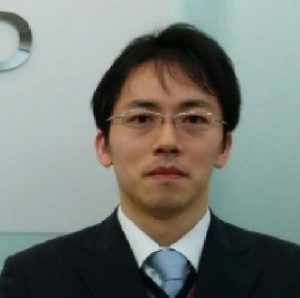Modern vehicles equipped with Advanced Driving Assistance Systems (ADAS) are capable of maintaining the position of the vehicle in the lane automatically (LCA – Lane Centering Assist). Students on this team will design and build the equipment that Subaru needs to efficiently benchmark competing vehicles’ LCA functions.
Abstract:
Modern vehicles equipped with ADAS are capable of maintaining the position of the vehicle in the lane automatically (LCA -Lane Centering Assist). Generally speaking, the LCA function uses data from optical cameras to calculate the position of the vehicle. However, to address sharper curves and more complicated road layouts, for more advanced LCA functions, camera data is complemented by high-resolution map data. These maps allow LCA to continue working, even if vehicle cameras are momentarily unable to see lane markings. To stay competitive, Subaru needs to efficiently benchmark competing vehicles and the performance of their respective LCA functions. Our current benchmarking equipment takes approximately 4 hours to set up, and often requires the assistance of a second person. Students on the Subaru team will design, engineer, and build an optimized and integrated solution for benchmarking LCA functions including speed, acceleration, and oscillation.
Click here for a video overview of the project.
More Information
Electronic Sensor Systems Development (2 – 3 students)
Specific Skills: Prior or concurrent coursework and/or practical experience EECS 314: Electrical Circuits, Systems, and Applications or Applied electrical circuits and systems. General programming skills equivalent to EECS 281.
Likely Majors: CE, EE, MECHENG, ROB
Mechanical Design / Systems Engineering (3 – 4 students)
Specific Skills: Systems integration
Likely Majors: ISD-System (MEng), MECHENG (MS/MSE)
Sponsor Mentors

John Hoo
Engineer – Body & Evaluation, ADAS
John has been working for Subaru since 2017. He has his BSc in Materials Science & Engineering from Purdue University. His primary focus area is Electronic Platform Design. John received further training from Subaru in the USA and Japan, where he developed cross-language and cultural communication skills. To ensure the success of collaborative research efforts, he recently relocated to Michigan. Please do not ask him about the next-generation STI sports sedan as he has been sworn to secrecy.
Executive Mentor

Daisuke Fukase
Manager – Body & Evaluation, ADAS
Daisuke has been with Subaru since 2014. He has been engaged in the management of ADAS and Autonomous Driving research for the past 4 years. In addition, he has 7 years of experience in ASIC design and embedded software development. He currently seeks new technologies and ideas to build a proof of concept.
Faculty Mentor

PC Ku
Associate Professor, Electrical Engineering
Professor Ku’s research focuses on energy-efficient optoelectronics using nanostructured materials; for example, how to reduce the laser threshold, how to increase the efficiency of light-emitting diodes and solar cells, how to efficiently transmit the data while maintaining the security, and how to reduce the power requirement for nonlinear optical devices.
Course Substitutions: Honors, ChE Elective, CE MDE, EE MDE, ISD AUTO 503, MECHENG 490, MECHENG 590
Internship/Summer Opportunity: Students who have the legal right to work in the US will be guaranteed an interview for a 2021 internship. The interviews will take place in February of 2021. The internship program may not be confined in the project’s subject matter.
Citizenship Requirements: This project is open to all students on campus.
On-Campus Participation Requirements: Students on this team must be able to be physically present on campus in Ann Arbor and able and willing to travel to Subaru R&D in the Ann Arbor area to work on physical prototypes. All travel is dependent upon University and State of Michigan Covid policies at the time of travel.
IP/NDA: Students will sign IP/NDA document(s) that are unique to Subaru R&D.
